South Sea Pearls Guide: What Are They & Why Are They So Expensive

The South Sea Pearl is a saltwater pearl prized for being exceptional, rare, and extremely valuable. However, most people often ponder why this situation is the case. But do you know where these pearls come from or how you can select the best South Sea Pearl? Owing to my many years in the jewelry industry and extensive research, I'll tell you about this pearl, its peculiarities, features, and the best places to get these South Sea Pearls.
What are south sea pearls?

South Sea pearls are among the most prized varieties of pearls. They are the widest variety of cultivated pearls, often ranging in diameter from 8 to 16 mm. This pearl grows in saltwater and contains nacre layers that are, on average, 2-4 mm thick, thicker than other pearls.
They are bead nucleated, like most saltwater oysters, and grow in 2-4 years, almost twice as long as Akoya pearls. The production of South Sea pearl oysters happens solely in their natural habitat because of their extreme susceptibility to illness and stress.
Their size, form, surface cleanliness, and shine or nacre thickness all display the most significant degrees of perfection. The following are some particular elements that contribute to the high value of South Sea Pearls:
Size

The significant genus of oysters, Pinctada Maxima, produces South Sea Pearls, which have the perfect sizes among nacreous pearls. This particular oyster is among the most delicate mollusks and needs pure ocean environments to flourish.
Additionally, it takes longer for a pearl to develop. Over time, a giant pearl starts to develop due to the large size of the oyster. Generally, it takes a South Sea pearl between 3 and 10 years to fully mature.
The size of the pearls will increase the longer they are allowed to grow within the oysters. All other things being equal, larger pearls often fetch greater prices.
Color

Silvery-White and Gold are South Sea pearls' two most well-known natural hues. South Sea pearls from Australia have a creamy white tint with delicate blue or silver overtones that give them a distinctive and understated appearance. Rich honey-colored pearls in tones of cream, champagne, and deep Gold grow in the Philippines and Indonesia.
These color choices are a matter of preference, and all provide a gorgeous impact, even though the traditional white pearl remains the most expensive.
Nacre Thickness & Luster

Nacre is also thicker in the South Sea Pearls. As the oyster covers the pearl with nacre year after year, the thickness of the nacre increases the brilliance and luster of the pearl.
It's without a doubt that the value of a pearl increases with its shine. Additionally, its value will increase over time because a pearl will last longer with thicker nacre.

Shape
Fine South Sea pearls are among the most exquisite forms, which is another essential characteristic that can raise a pearl's value. The most valuable South Sea pearls are perfectly round, although baroque South Sea pearls, which are non-round, may also mainly demand the elegance of their organic forms.
A pearl necklace will increase in value depending on how well-matched and shaped the pearls are.

Why Are South Sea Pearls So Expensive?
A necklace of South Sea pearls may cost more than $200,000, while a single pearl can cost up to $1,500. While more typical freshwater oysters may produce dozens of pearls in as little as three months, the Pinctada maxima oyster might require up to five years to develop just one South Sea pearl. The prolonged cultivating method increases the rarity and cost of South Sea pearls.

Cultivation Process
These oysters are highly deadly to fish since they only occur in a region with many sharks and snakes. After the farmer has gathered the oysters, they must undergo surgery to implant the nucleus, which will serve as the pearl's nucleus and initiate the nucleation process, into the oyster.

Then, farmers place these oysters in the agricultural area, where they will develop for the following two to six years. However, the farmers have little influence over many outside circumstances with this pearl. All they have to do is exert themselves to the fullest and wish for the best.

In addition, one oyster can only produce one pearl. These pearls typically have a considerable size as a result of this.
Other reasons South Sea Pearls are expensive are because:
Surface Cleanliness

The presence or absence of skin defects can also impact a pearl's value. Once more, South Sea Pearls distinguishes itself among the purest, most exquisite, and most flawless surfaces. The most precious pearls are those with skins that are clear, smooth, and pristine.
Rarity
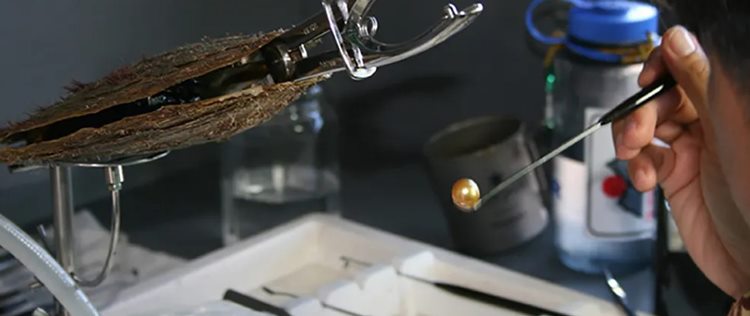
South Sea Pearls take longer to develop; hence their cultivation is more expensive. Because of this, there aren't many South Sea pearl farms, which makes the highly sought-after South Seas extremely rare.
Where Do South Sea Pearls Come From?
The term "South Sea" refers to the fact that they grow in the southern hemisphere surrounding Australia. Most white South Sea pearls grow in waters northwest of Australia. However, most golden South Sea pearls grow in the Philippines and Indonesia, two nations that are swiftly establishing themselves as industry leaders.
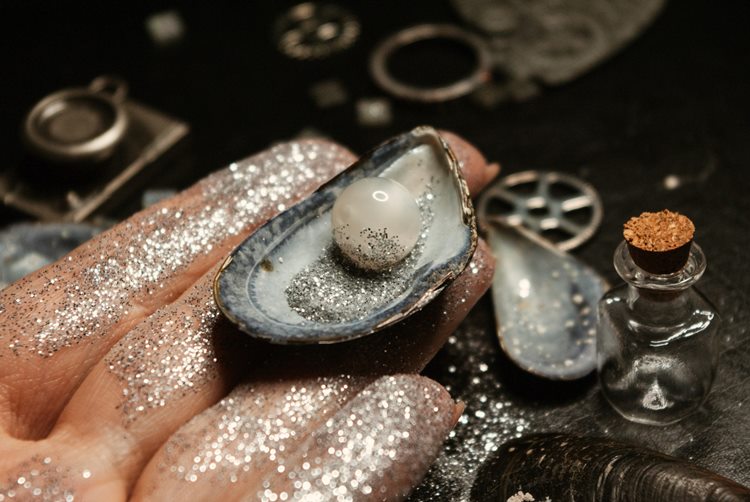
How To Identify South Sea Pearls?
The features associated with south sea pearls mentioned above are the distinct ways to identify them. However, the size of South Sea pearls is the primary distinguishing factor. However, these pearls may grow considerably larger than others as their size typically varies from 8 to 20 mm, given additional time.

Furthermore, the peculiar shine of the south sea pearl is another means to identify this pearl. Their shine is softer than other pearls, resulting from how they make them and the nacre's thickness. The South Sea pearls often have thicker nacre than others.
You can also identify South Sea Pearls through identification agencies. Genuine South Sea pearls of the highest caliber have high reflective abilities in the light and display surface-level color and iridescence changes. Imitation pearls are those that have perfect color and overtone consistency or show signs of chipping on their top layer.
What Are South Sea Pearls Grading?

South Sea pearls are classed similarly to Tahitian pearls, and the two most widely acknowledged grading systems are the A-AAA and A-D systems. Additionally, grading is related to each type of pearl; therefore, there is no comparison of various pearl types while grading.
The AAA-A Grading System
The grading of pearls ranges from AAA to A, with AAA regarded as the best.
AAA: Almost faultless pearls with high brilliance and a surface that is 95% defect-free.
AA: High luster and a surface that is 75% defect-free.
A: A lower level of shine and flaws covering more than 25% of the surface.

The Tahitian System, or A-D System
In this system, A represents the highest grade, and D is the lowest. The AAA-A system occasionally replaces the A-D system worldwide because of its establishment on a French Polynesian government norm.
A: Extremely high luster, with flaws covering less than 10% of the surface. Quality A pearl is spotless. These pearls are completely smooth or only have a few minute ripples or indentations, frequently covered by a drill hole but only cover a small portion of the surface and are visible to the human eye.
These pearls are pretty unusual if they also have excellent shine. Their extraordinary rarity significantly increases their price.
B: Medium to high shine, with flaws covering less than 30% of the surface. Quality B pearls have minor defects. Just under a third of the surface of these pearls has some spots clustered in it.
C: Medium shine with flaws on less than 60% of the surface. The blemishing on quality C pearls is modest. Only about two-thirds of the surface of these pearls exhibit tiny concentrations of flaws.
D: The lowest grade solely considers surface flaws and ignores shine. The blemishes on quality D pearls are severe. These pearls either contain profound defects over half of their surface or mild imperfections covering more than two-thirds of their surface.

Where To Buy South Sea Pearls?
You can purchase a south sea pearl at jewelry stores close to you, or you can order these pearls in varying forms from some online stores like;
The Pearl Source
A stunning variety of White South Sea pearls are available from The Pearl Source. These exquisite stones will enhance any outfit and become essential items in your jewelry collection. You can shop their collection of necklaces, earrings, bracelets, pendants, etc.
Pearlsofjoy

Pearls of joy consider the south sea pearl the queen of saltwater pearls. Fine White South Sea pearls, once the sole property of the wealthy and renowned, are now available for as little as $400.
Etsy

For the greatest in one-of-a-kind or bespoke, handcrafted creations, you can also visit this store to check out the south sea pearl collection.
Pure Pearls

This store understands South Sea Pearl jewelry's radiance, enticing silky feel, and weight are unmatched and highly sought-after worldwide. Shop here for pendants, earrings, necklaces, and other exquisite jewelry designs that pique interest and appeal to emotions.
Conclusion
There's a solid rationale for why South Sea pearls are highly prized. They could be more expensive than other pearls, but they are excellent investments because of their high worth. Your pearls may last for many generations if you take good care of them and restore them as necessary.



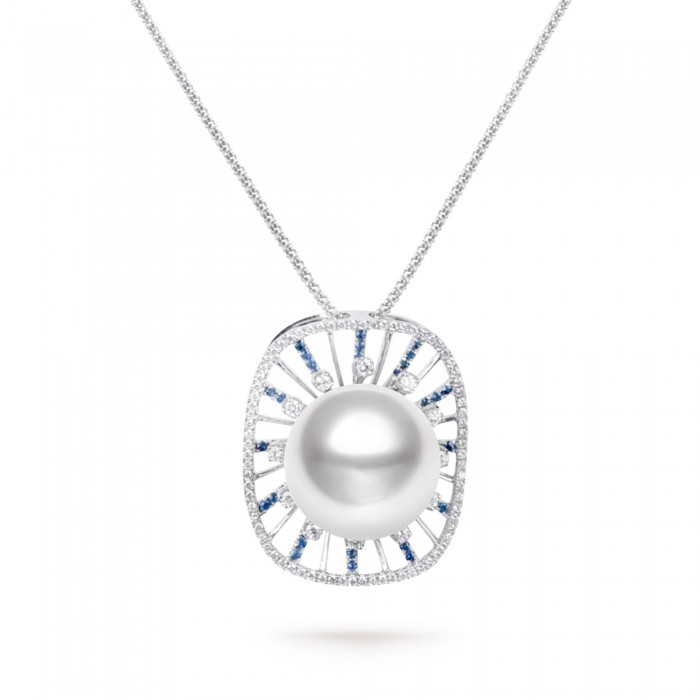
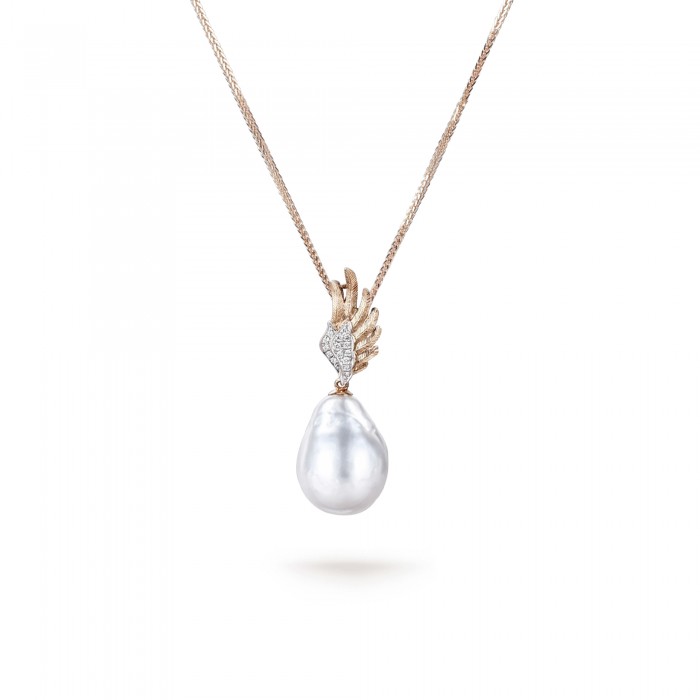
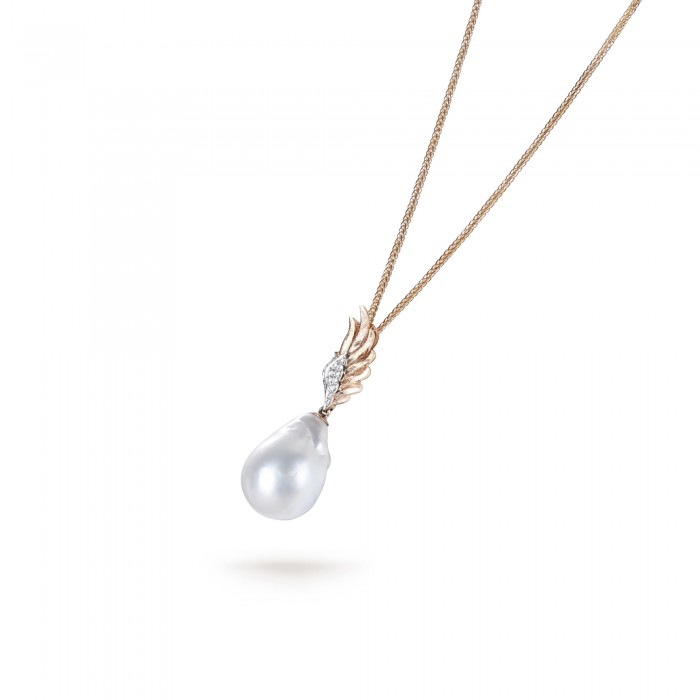
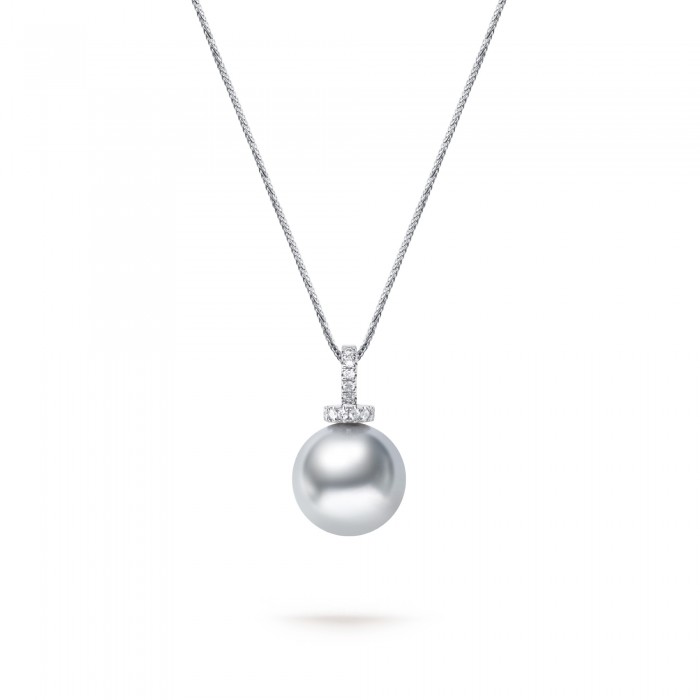
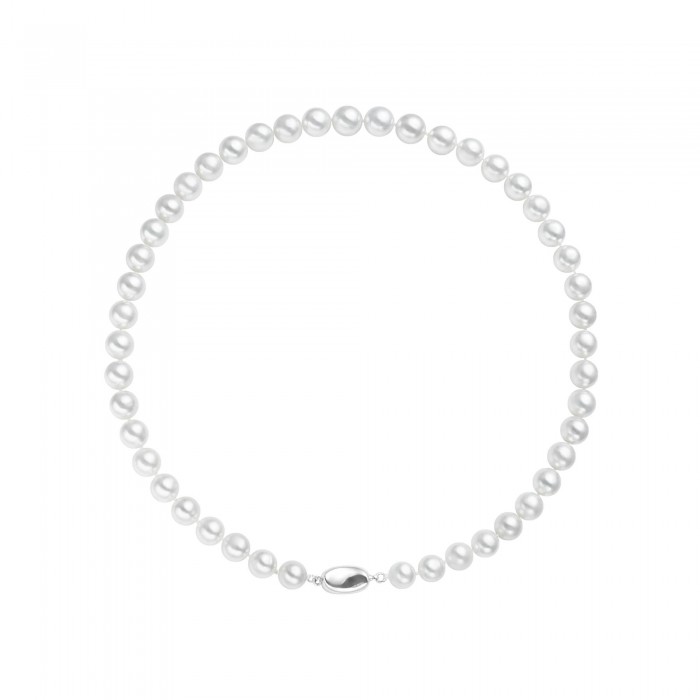
Leave a Comment